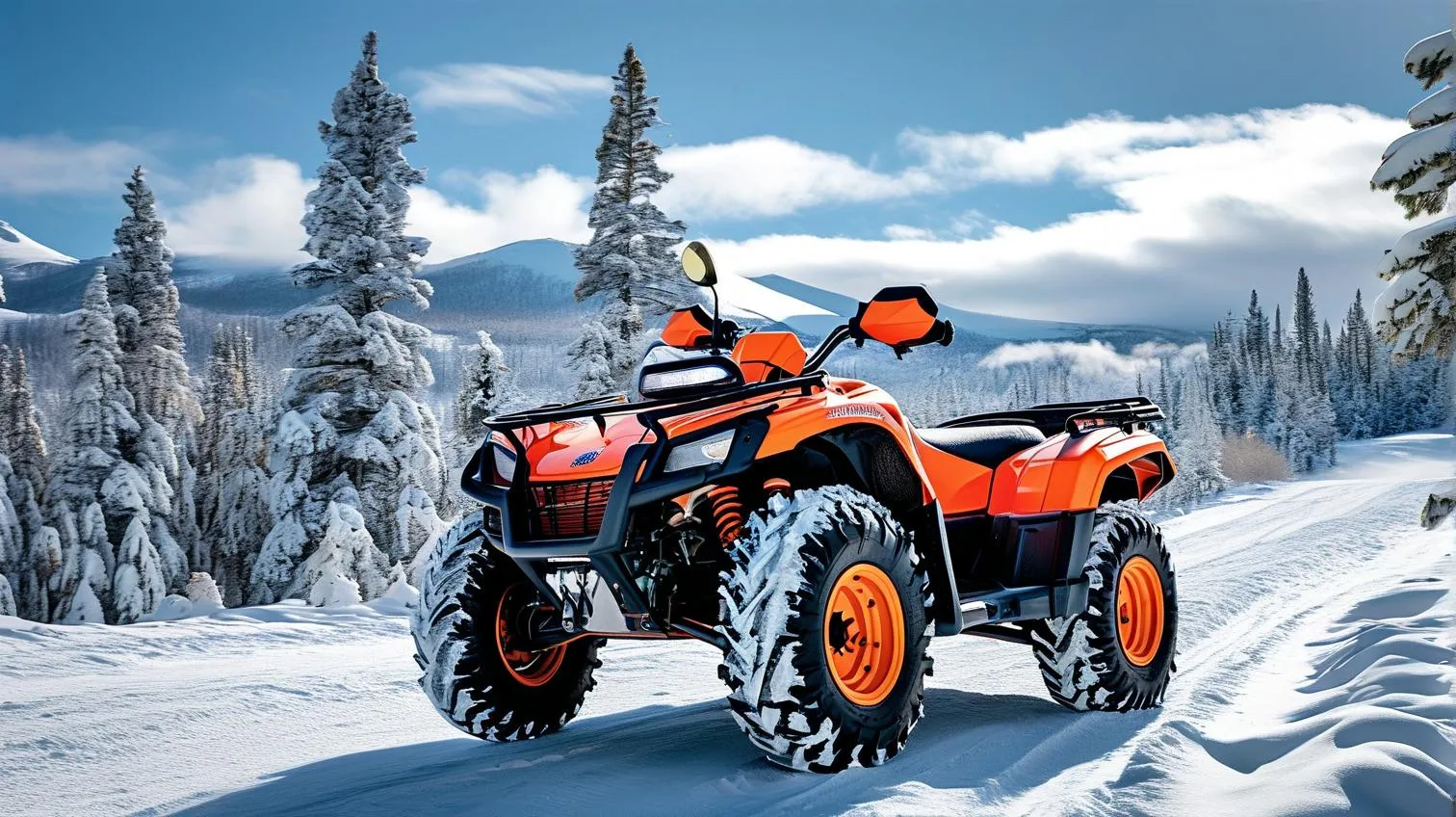Converting a snowmobile into an all-terrain vehicle capable of year-round use requires strategic modifications, with a wheel kit being the most critical upgrade. For riders looking to extend their machine’s utility beyond snow-covered trails, installing a snowmobile wheel kit transforms the sled into a versatile vehicle for dirt, gravel, grass, or even pavement. This guide breaks down the process, benefits, and key considerations to help you make an informed decision.
Why Install a Snowmobile Wheel Kit?
Traditional snowmobiles rely on tracks and skis, limiting their use to snowy conditions. A wheel kit replaces the skis with wheels and often modifies the track system, enabling smoother transitions between terrains.
– Year-Round Versatility: Ride your sled in summer for trail maintenance, hunting, or recreational off-roading.
– Reduced Wear: Minimize track damage from abrasive surfaces like asphalt or rocky paths.
– Cost Efficiency: Avoid purchasing a separate ATV or UTV by adapting your existing snowmobile.
According to a 2023 report by the International Snowmobile Manufacturers Association (ISMA), 42% of snowmobile owners now use wheel kits for seasonal flexibility, citing reduced long-term maintenance costs as a key motivator.
Choosing the Right Wheel Kit
Not all kits are created equal. Key factors to consider:
-
Compatibility
Confirm the kit fits your snowmobile’s make, model, and year. Brands like Camso and Kimpex offer vehicle-specific designs for popular models like Ski-Doo, Polaris, and Arctic Cat. -
Wheel Type
Opt for air-filled tires with deep treads (e.g., all-terrain or mud tires) for superior grip on uneven surfaces. Foam-filled tires reduce puncture risks but may compromise shock absorption. -
Suspension Adjustments
Ensure the kit includes reinforced brackets or spacers to accommodate added stress on the suspension. Some kits feature adjustable ride heights for varying terrain challenges. -
Ease of Installation
Look for bolt-on designs with pre-drilled holes and clear instructions. Kits requiring welding or frame modifications demand advanced mechanical skills. -
Durability & Warranty
High-grade steel or aluminum frames resist corrosion and bending. Brands like Better Boards and Ice Age Manufacturing offer multi-year warranties for added peace of mind.
Step-by-Step Installation Guide
While specifics vary by kit, here’s a general overview:
-
Remove Skis & Track
Detach the skis and partially disassemble the track system per the manufacturer’s guidelines. -
Mount Wheel Assemblies
Secure wheel brackets to the front suspension using provided bolts. Ensure alignment matches the original ski stance to maintain stability. -
Install Rear Wheels
Attach rear wheels to modified axle mounts, adjusting tension to prevent track sag. -
Test & Adjust
Conduct a low-speed test ride on flat terrain. Fine-tune tire pressure and suspension settings for optimal handling.
Pro Tip: Lubricate all moving parts with marine-grade grease to prevent rust in wet conditions.
Maintenance Tips for Longevity
To maximize your wheel kit’s lifespan:
– Inspect Tire Pressure: Check before every ride—overinflation reduces traction, while underinflation strains components.
– Tighten Fasteners: Vibrations can loosen bolts; use thread-locker adhesive for critical connections.
– Clean After Use: Remove mud and debris to prevent corrosion and bearing damage.
– Monitor Wear: Replace tires or bearings if you notice uneven tread patterns or grinding noises.
A study by Powersports Business found that proper maintenance extends wheel kit usability by 30%, reducing annual replacement costs by up to $200.
Common Pitfalls to Avoid
- Ignoring Weight Limits: Overloading your sled stresses the frame and suspension. Stick to the manufacturer’s recommended payload capacity.
- Skipping Break-In Period: Gradually increase speed over the first 50 miles to allow components to settle.
- Using Incompatible Tires: Aggressive off-road tires may strain drivetrain components not designed for high friction.
Top 3 Recommended Kits (2024)
- Camso UTV 4S1 Kit: Durable aluminum frame, adjustable ride height, and compatibility with most 137-inch track sleds.
- Kimpex Trail Crusher: Budget-friendly bolt-on design with puncture-resistant foam tires ideal for rocky terrain.
- Ice Age Mtn Series Pro: Premium option with reinforced steel brackets and integrated brake upgrades for steep inclines.
Final Thoughts
A well-chosen snowmobile wheel kit unlocks year-round adventure while preserving your sled’s core functionality. Prioritize compatibility, durability, and ease of installation to ensure seamless transitions between seasons. By adhering to maintenance best practices and selecting reputable brands, you’ll transform your snowmobile into a dependable all-terrain workhorse ready for any challenge—mud, snow, or gravel.
Always consult your snowmobile’s manual and a certified mechanic before modifying critical components.




Leave a Reply